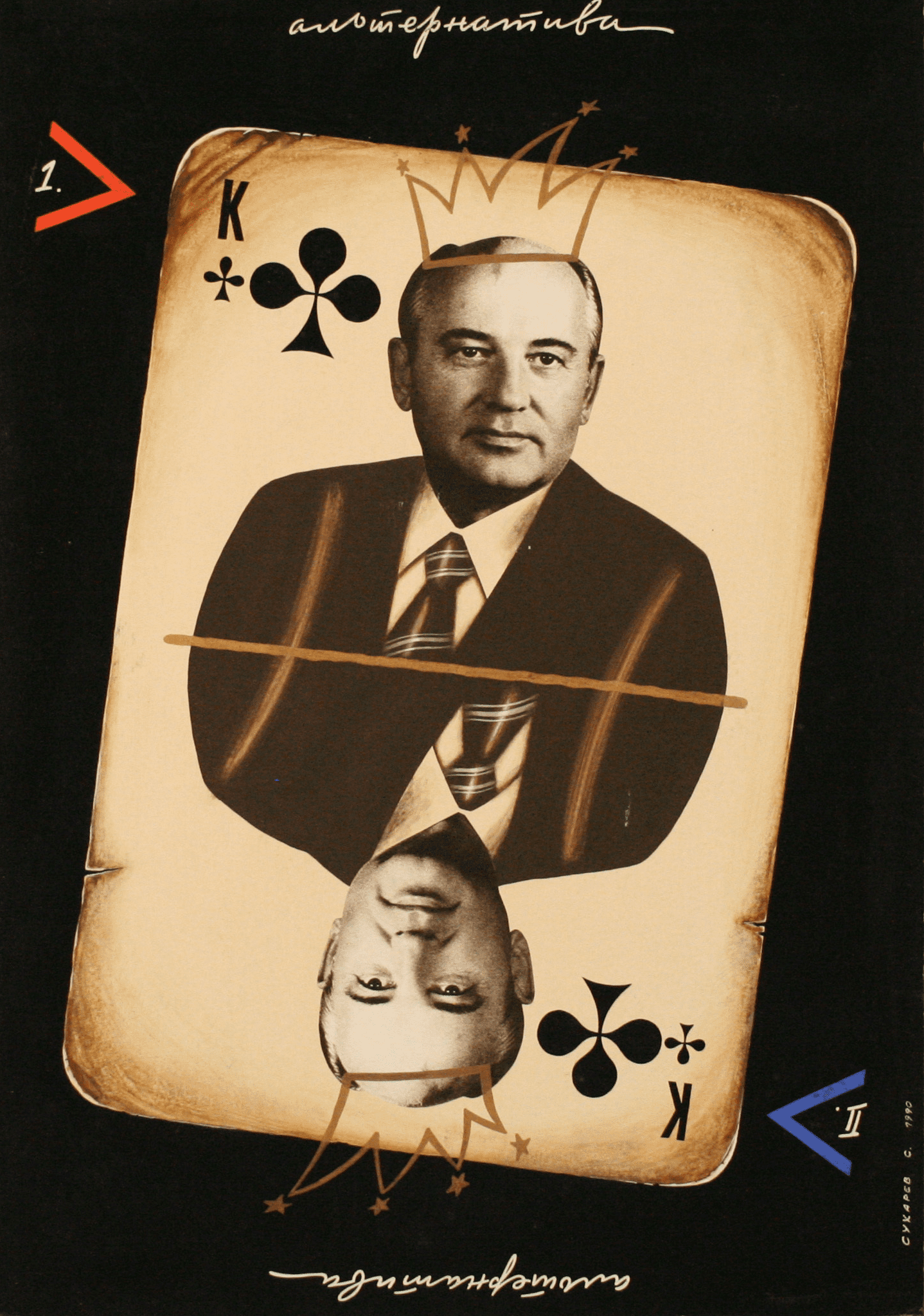The Politics of Contraception in the GDR
When the crude wooden contraption to the right was unpacked, I heard (and occasionally participated in) variations of the following conversation at least half a dozen times in the space of five hours.
“What on earth is that?”
“It’s an East German condom machine.”
“…oh. Right. Wait, what?”
The surprise was understandable. For whatever reason, a condom dispenser strikes most people as an inherently un-Museum-like object. Simultaneously, however, in a bizarre sort of way this condom machine is emblematic of the Wende’s mission: to present the “alternate reality” that was East German (and Eastern Bloc) life through the everyday items that made their life possible, and in the process provide us with insight into the way East German society functioned and what East German society valued, without recourse to the reductionist bipolar rhetoric of the Cold War.
Even two decades removed from the fall of the Soviet Union, one of the dirty little secrets of the Cold War is that Eastern Bloc nations occasionally enacted progressive social policies that predated similar efforts in NATO and other Western nations by decades. For instance, the Soviet Union of the 1920s displayed more of a commitment to racial/gender equality than did the United States of the 1950s. [i] Even in the Stalin years and beyond, when the Eastern European communists lost much of their taboo-busting idealism in favor of authoritarian traditionalism, social policies often retained something of a revolutionary edge.[ii] It should go without saying that such dynamism does not lessen the horror and trauma often inflicted upon the citizenry by the state in these nations. But we can recognize the multifaceted nature of the Cold War communist regimes without becoming apologists for them, and note the inventiveness of many of their social policies without forgetting that the enlightened impulse behind some of their ideas was inconsistently applied and at times was even perverted into atrocity.
 One area in which the Eastern Bloc remained consistently more progressive than their Western counterparts was in contraception. The United States effectively outlawed contraception in the 1873 Comstock laws, which prohibited the sale and advertising of any form of birth control. Contraception for married couples was legalized in 1965 and for unmarried Americans at the almost unbelievably late date of 1972. Contraceptives in East Germany, meanwhile, were legal for the entirety of the GDR’s duration, and (condoms excepted) were provided free of charge beginning in the early 1960s.[iii] For most ossies, the representative image of East German contraception is the logo of the Mondos brand (see left), produced largely in Erfurt by Volkseigener Betrieb (“Public enterprise,” commonly known as VEB) Plastina. Mondos were available in all pharmacies or via mail-order. Like a great deal of GDR merchandise, Mondos were cheap and said to be unreliable, but they enjoyed a public presence far in excess of any form of contraception in the United States until the 1970s, or possibly even until the AIDS-driven mass adoption of condoms in the 1980s.[iv]
One area in which the Eastern Bloc remained consistently more progressive than their Western counterparts was in contraception. The United States effectively outlawed contraception in the 1873 Comstock laws, which prohibited the sale and advertising of any form of birth control. Contraception for married couples was legalized in 1965 and for unmarried Americans at the almost unbelievably late date of 1972. Contraceptives in East Germany, meanwhile, were legal for the entirety of the GDR’s duration, and (condoms excepted) were provided free of charge beginning in the early 1960s.[iii] For most ossies, the representative image of East German contraception is the logo of the Mondos brand (see left), produced largely in Erfurt by Volkseigener Betrieb (“Public enterprise,” commonly known as VEB) Plastina. Mondos were available in all pharmacies or via mail-order. Like a great deal of GDR merchandise, Mondos were cheap and said to be unreliable, but they enjoyed a public presence far in excess of any form of contraception in the United States until the 1970s, or possibly even until the AIDS-driven mass adoption of condoms in the 1980s.[iv]
The Mondos condom machine depicted here provided condoms for fifty pfennigs a piece, and was most likely displayed in a pharmacy, train station, public toilet, or possibly even a barber shop or supermarket. It dates to the 1960s, a decade in which condom dispensers would have been a rare sight in the United States. According to the information on the dispenser, fifty pfennigs would buy two “silver” condoms. The buyer is instructed to insert their coin and then pull open the compartment at the bottom of the dispenser, which would unlock and contain the purchased condoms (none of which remained in the machine after the Wende purchased it).

The growth of the GDR contraceptives industry was almost entirely due to the work of two people: Julius Fromm and Karl-Heinz Mehlan. Fromm took advantage of the then innovative use of rubber vulcanization to produce condoms in the early 20th century along with the Imperial German (and later, the Weimer Republic’s) liberal attitude towards sex, establishing the world’s first global condom brand in 1916 (known as “Fromms Act”). During the 1920s, Fromm’s factory in East Berlin was producing upwards of 24 million condoms per year, a figure that far outstripped any other contraceptive manufacturer on earth. Fromm’s condom empire was dismantled in 1933, however, as Adolf Hitler rose to power. Fromm, who was Jewish, was forced to sell his enterprise to a government-sponsored buyer for a sum of 116,000 Reichsmarks (the estimated actual value was close to 5 million Reichsmarks).[v] His Berlin factory was eventually seized by the GDR, who nationalized it for the production of Mondos.

Mehlan, meanwhile, a professor at the University of Rostock and a gynecologist by profession, was instrumental for his efforts to introduce and popularize the birth control pill in the GDR. He designed and managed the first studies on sexual practice in the GDR, and cooperated with Western scientists to promote sex education around the world. He ultimately founded some two-hundred family and marriage counseling centers to disseminate information on safe-sex, and his advocacy was largely responsible for the free distribution of the birth control pill (known in the GDR as the “Wunschkindpille,” or child pill) by doctors in the GDR beginning in 1965.[vi] He remained a revered figure in both Germanys until his death in 2003.
Despite the free provision of contraceptives and their substantial public presence, the perspective of the East German government on birth control was complicated. On the one hand, East Germany was a conservative society – much more so than the more urbanized West Germany.[vii] Gender roles dictating the woman’s central role in parenting were deeply ingrained, and resistance to contraception was often strong “on the ground.”[viii] Walter Ulbricht, general secretary of the GDR’s communist party and the most powerful man in the country between 1950 and 1971, held an ill-disguised disdain for measures of population control, although not to the extent of illegalization (as in the United States). On the other, the GDR considered itself a “scientific” state in the tradition of the Bolsheviks and therefore put a great deal of stock into the concerns of so-called “social hygienists” like Mehlan, who claimed that a lack of contraception was a huge health risk.[ix] In addition, as in the Soviet Union, there was recognition that pregnancy and motherhood presented women with a “double burden,” meaning that most women were forced to work in order to align with Communist mores and care for children in order to align with domestic ones. While this problem was never satisfactorily resolved (due to the state’s refusal to redefine the role of men in East German society),[x] the acknowledgment that there was a problem made the GDR (and Soviet Union) more receptive to contraception than in the United States, where the integration of middle-class women into the workforce was a gradual process and the “double burden” of working–class women was ignored until the last quarter of the twentieth century.[xi]
— David B. Wagner
REFERENCES
[i] See Francine Hirsch, Empire of Nations: Ethnographic Knowledge & the Making of the Soviet Union (Ithaca: Cornell University Press, 2005) and Terry Martin, The Affirmative Action Empire: Nations and Nationalism in the Soviet Union, 1923-1939 (Ithaca: Cornell University Press, 2001) for information on Soviet ethnic policies. See Wendy Goldman’s Women, the State, and Revolution: Soviet Family Policy and Social Life, 1917-1936 (Cambridge: Cambridge University Press, 1993) for information on Soviet gender policies.
[ii] See Patrizia Albanese, Mothers of the Nation: Women, Families, and Nationalism in Twentieth Century Europe (Toronto: University of Toronto Press, 2006) for information on how social policy developed in the Eastern Bloc into the 1980s.
[iii] Henry Philip David and Joanna Skilogianis, From Abortion to Contraception: A Resource to Public Policies and Reproductive Behavior in Central Europe from 1917 to the Present (Westport, Conn.: Greenwood Press, 1999) , p. 137.
[iv] Donna Harsch, Revenge of the Domestic: Women, the Family, and Communism in the German Democratic Republic (Princeton, N.J.: Princeton University Press, 2007), p. 268.
[v] Götz Aly, Michael Sontheimer, and Shelley Laura Frisch, Fromms: How Julius Fromm’s Condom Empire Fell to the Nazis (New York: Other Press, 2009).
[vi] David and Skilogianis.
[vii] See Katherine Pence and Paul Betts, Socialist Modern: East German Everyday Culture and Politics (Ann Arbor: University of Michigan Press, 2008).
[viii] Harsch.
[ix] Harsch.
[x] Socialist Modern.
[xi] Norman Stockman, Norman Bonney, and Xuewen Sheng, Women’s Work in East and West: the Dual Burden of Employment and Family Life (Among, NY: M.E. Sharpe, 1995).




